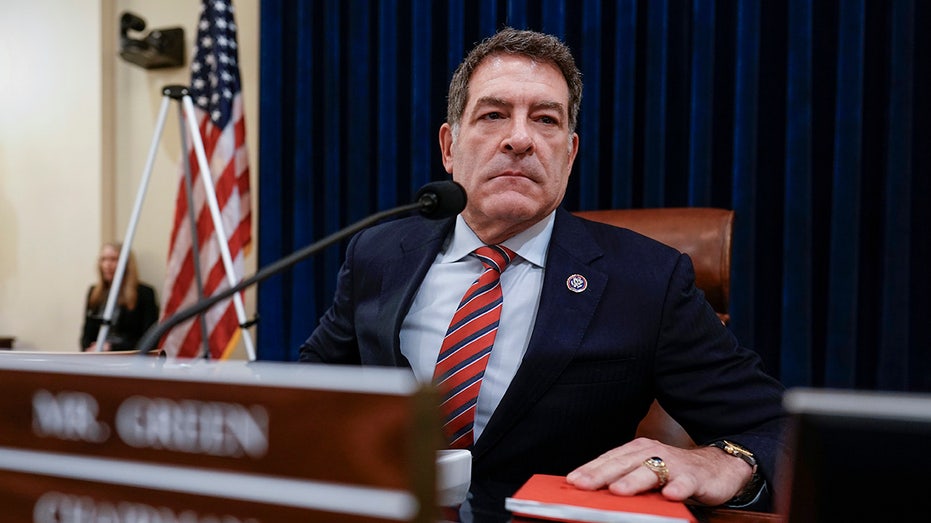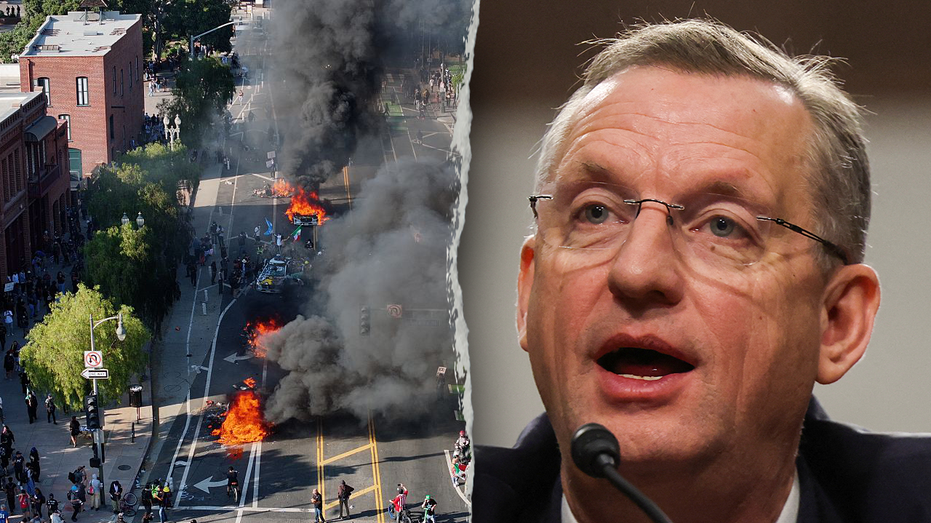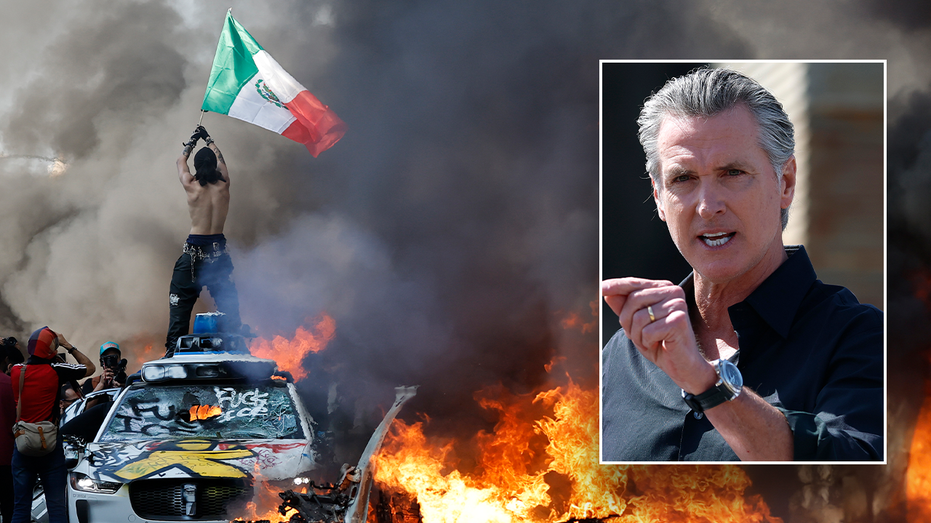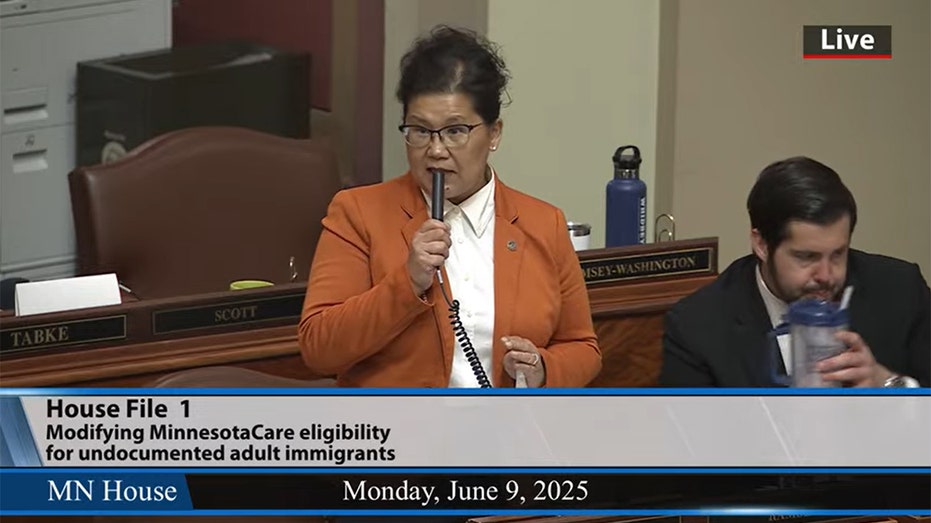Congress and Courts Clash Over Trump's Executive Powers: Expert Insights and Legal Perspectives (Part Two)
Experts analyze Trump's aggressive executive orders and their potential implications in an exclusive CGTN interview.


U.S. President Donald Trump’s rapid-fire use of executive orders since taking office on January 20, 2025, has transformed the balance of power in Washington. In just over four months, Trump signed more than 150 executive directives—nearing the total number issued by his predecessor, Joe Biden, throughout his entire four years in office. This aggressive approach underscores ongoing questions about the resilience of American checks and balances, as Congressional and judicial institutions grapple with how to respond.
According to political experts, the deep-seated rise of partisanship in Congress is a primary reason that institutional checks have faltered. Over recent decades, both major parties have become less ideologically diverse, driving polarization and making bipartisan action difficult. This division not only stymies legislative efforts to counterbalance the president but has also rendered pivotal constitutional mechanisms like impeachment largely ineffective. As one analyst noted, “Partisanship has resulted in members of Congress rallying around their president and not taking seriously their institutional responsibilities to the legislative branch or the Constitution.”
Meanwhile, the federal judiciary has seen its own evolution. The Supreme Court, now dominated by justices affiliated with conservative legal movements such as the Federalist Society, has often handed down decisions that bolster presidential authority. Notable rulings have expanded the president's power to appoint and remove officials and to conduct foreign policy without congressional interference. The cumulative effect is an executive branch that operates with fewer constraints and greater reach than at any point in recent history.
Judicial oversight of Trump’s actions has also been limited by longstanding traditions. The courts historically assume that administrations act in good faith—a presumption that, according to critics, has not always held true in the current climate. Some judges remain cautious, fearing that issuing strong prohibitions could undermine their credibility if defied by the executive branch. While there are signs that lower courts and even the Supreme Court have started subjecting Trump’s directives to greater scrutiny, the effectiveness of these judicial checks remains uncertain.
On the legislative side, Congress finds itself hamstrung not only by political loyalty but also by redundancy: “The U.S. already has laws on the books prohibiting much of what President Trump is doing. It would accomplish little to pass a second law prohibiting actions that are already unlawful,” explained one legal expert. With thin Republican majorities in both chambers and strong party discipline enforced by the president, lawmakers have been hesitant to voice criticism or take decisive action. This dynamic could shift if new economic pressures emerge, but for now, Congress’s ability to rein in the executive remains limited.
The broader, long-term impact of Trump’s approach on the American constitutional system could be profound. Observers note that U.S. presidential power has steadily increased over the past century, with periodic exceptions quickly overshadowed by continued expansion. Rare moments of judicial or legislative resistance—such as post-Watergate reforms or landmark court cases—are increasingly seen as anomalies rather than indicators of institutional resilience.
At stake is the very nature of American governance. If current trends continue, a true constitutional crisis could unfold if a president refuses to comply with an adverse Supreme Court ruling, fundamentally undermining the framework established by the nation’s founders. While many watch closely for signs of such a breakdown, some experts call for serious consideration of constitutional reform to recalibrate the separation of powers and restore legislative primacy.
Finally, the erosion of informal norms and trust that once underpinned American government may have lasting consequences. Trump’s willingness to ignore unwritten conventions and, at times, explicit constitutional commands has shaken confidence in a system largely built on deference and self-restraint. The aftermath could range from a hard-fought new consensus manifested in concrete legal reforms, to prolonged instability and partisan conflict. The path forward, many believe, will depend on whether key political and business stakeholders are willing to forge compromise and reestablish durable boundaries for presidential power.
For those seeking further analysis of how Congress and the courts might engage with Trump’s executive actions, additional discussion is available in the first part of this special interview series.




